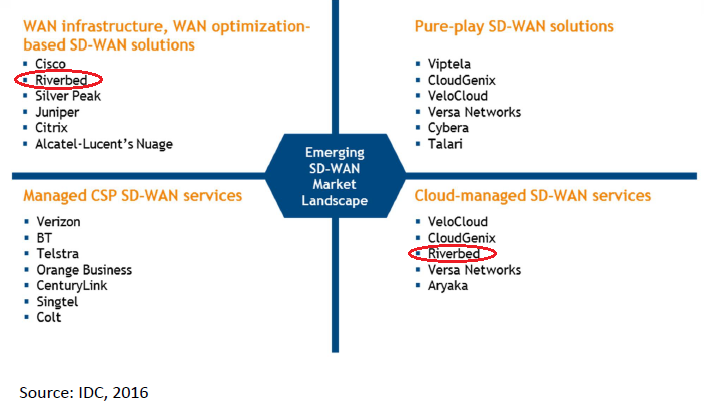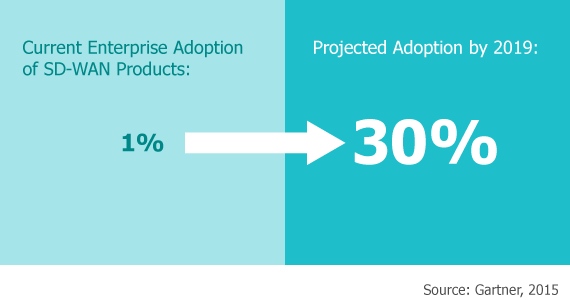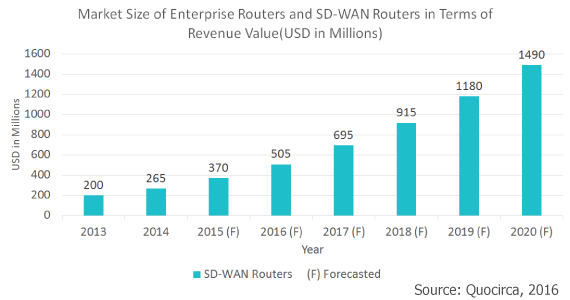The conventional design of an enterprise network is to have the branch office WAN connected to the service provider’s MPLS network and backhauled to the datacenter so all the branch internet traffic goes through the MPLS link. This, however, causes more cost and delay in the current enterprise environment.
The other approach is to have the branch office connect to the internet link directly instead of backhauling, but it leverages the policy based routing.
In traditional WAN, the physical network is tightly coupled with Data and Control planes, resulting in the Operations/Business team having no control over WAN.
Today’s WAN isn’t application aware and simply provides routing and quality of service on the basis of IP Packets. The sample traditional deployment is as shown below:
Here are the challenges in traditional WAN:
SD-WAN is an application of SDN technology to WAN connections. It is used to connect enterprise networks comprising multiple branches and data centers.
For example, WAN connections are used to connect branches to a central headquarter/datacenter separated by distance. It used to require a special proprietary hardware in the past. Now, with SD-WAN movement, most of the network control has been moved to the “cloud,” using a software approach.
Today’s IT environment needs an SD-WAN solution that is more dynamic and suited as most of the applications are cloud oriented. Based on an overlay model that employs Hybrid WAN (both internet and private WAN links) to provide connectivity between sites, enterprise and SaaS applications are able to perform better.
Another important shortcoming is that traditional/static WANs are slow in adapting and changing based on today’s traffic needs for bursty cloud applications. However, with SD-WAN, routing, switching and movement of traffic are placed in software instead of hardware.
SD-WAN provides:
In SD-WAN architecture, the control plane is moved as a separate entity for IT/ business. This results in better control over WAN and physical network as it only carries data traffic as per the policies.
The standard enterprise deployment is illustrated below:


